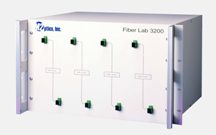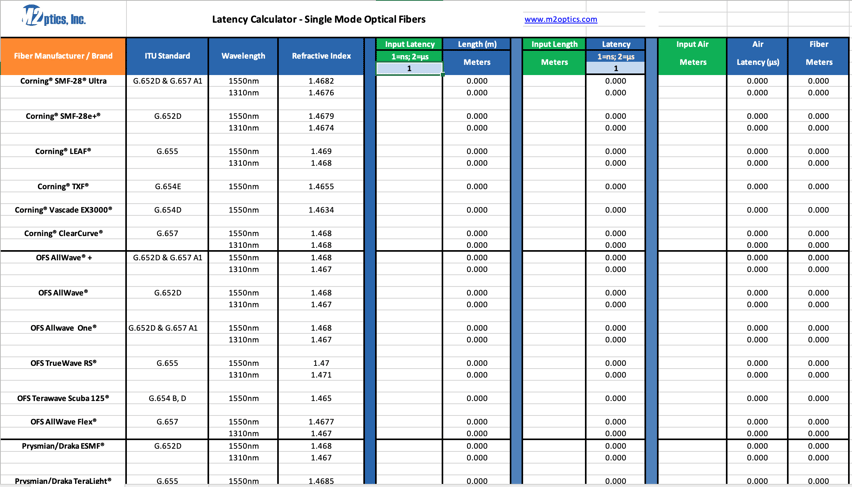With most of the world now relying on fiber optic systems for communication, a key component to ensuring a high level of performance from operators is network monitoring. When we think of network monitoring, much of the focus is usually on the equipment itself, as well as the management of all the data flowing through the system. As a result, an area often overlooked when deploying and monitoring a network is the actual fiber optic cable, through which all the data is sent from one location to another.













